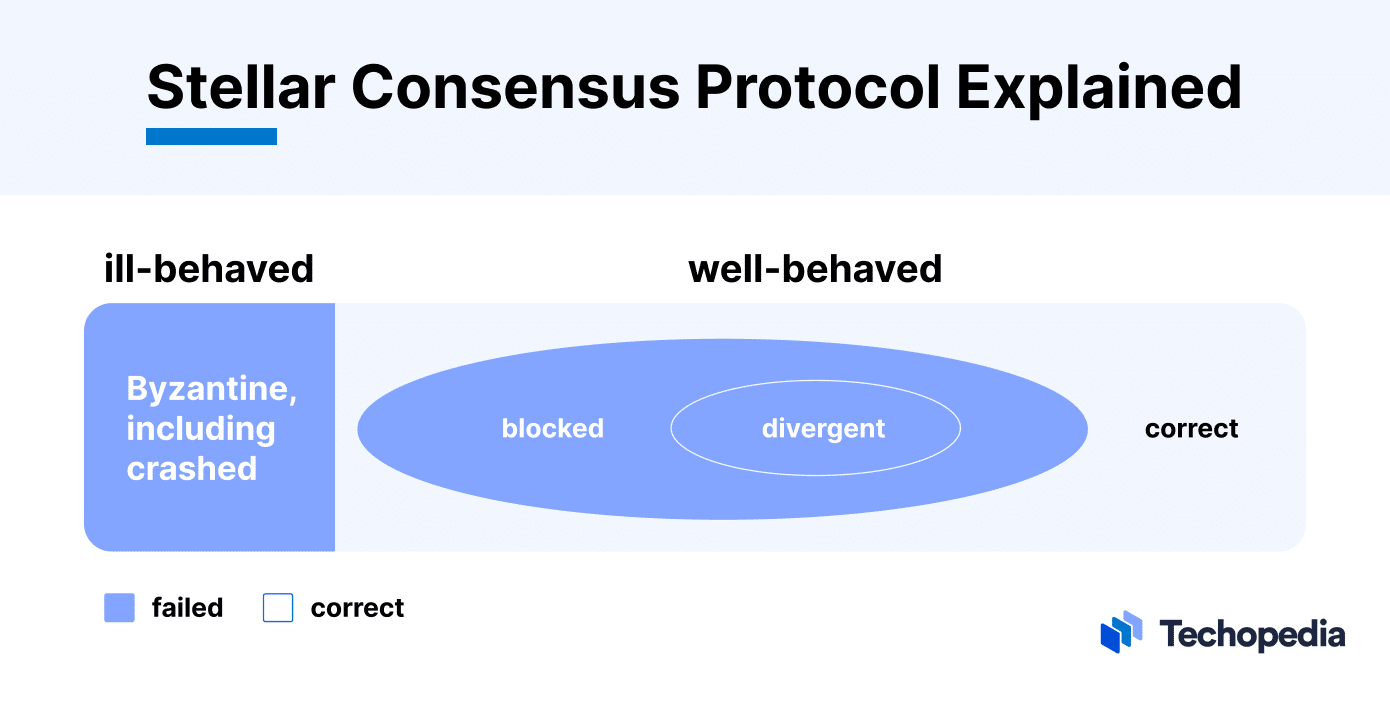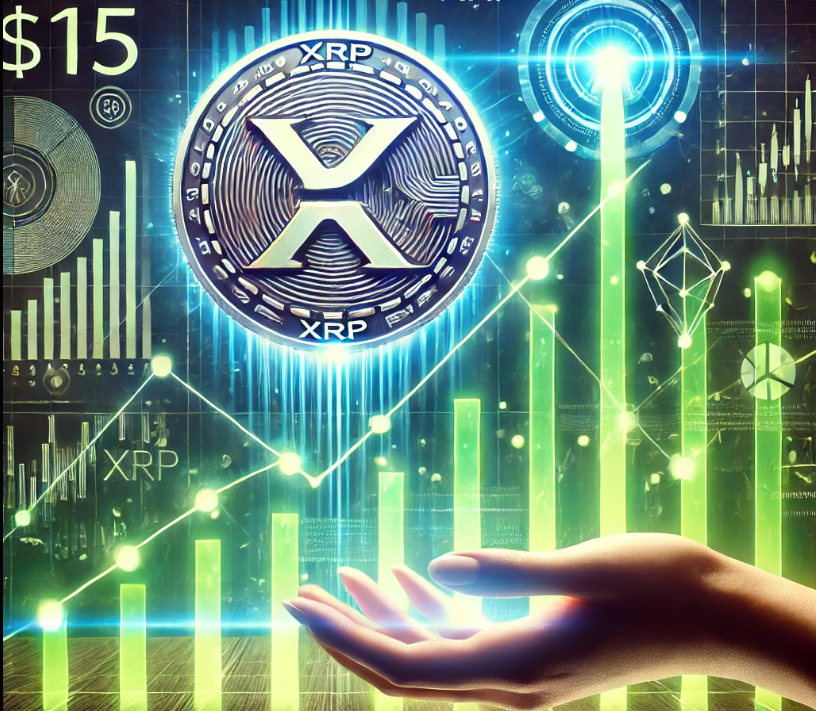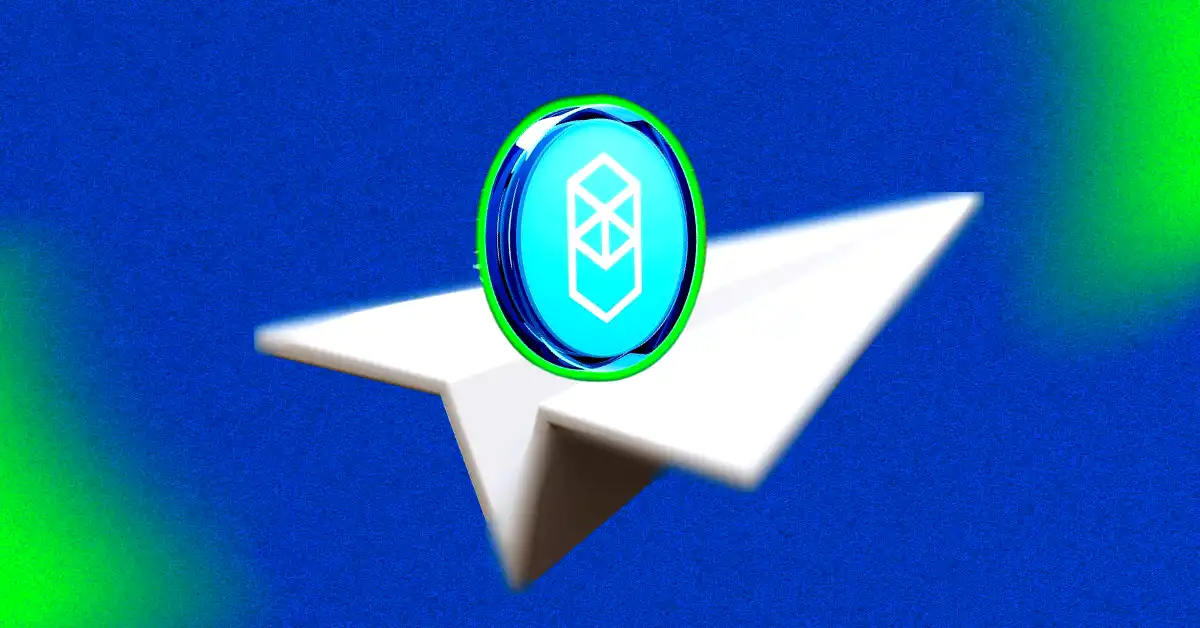What is Pi Coin (PI)?
Pi Coin (PI) is the native crypto coin of the Pi Network, a blockchain project that aims to make mining accessible to any user with a desktop or mobile device and support a digital currency that can be used in everyday transactions.
The name Pi is a reference to the mathematical constant π (pi), which represents the ratio of the circumference of a circle to its diameter. Pi Coin is distributed as a reward to users who participate in the Pi Network’s mining process.
Since the start of several hackathons in early 2023, participants have been developing gaming, decentralized finance (DeFi), and metaverse applications to operate in Pi the ecosystem.
Who Created Pi Coin?
The coin was created by a team of Stanford graduates with backgrounds in blockchain and social computing, according to the project’s website.
How Does Pi Coin Work?
Early blockchains such as Bitcoin operate on proof-of-work (PoW) protocols to validate transactions and add new blockchains. Miners are rewarded with new coins that are created with each block.
However, Pi Network takes a different approach. The blockchain validates transactions by operating an algorithm based on the Stellar Consensus Protocol (SCP).
Pi initially launched a mobile mining app, which allows users to operate nodes and form security circles of three to five trusted people. This aims to create a global network while preventing the approval of fraudulent transactions. The developers have since introduced desktop-based Pi Node software to work together.
Users log into the Node software through their mobile app accounts, ensuring that both access the same account.
Each user can only have one Pi account and run one node. The user can only initiate mobile mining through the mobile app, while the desktop interface of the node allows the user to check their Pi Coin balance, chat, and view media content on the home screen.
The apps display ads as the users mine coins, generating a revenue stream for the creators.
During the testing phase, Testnet Nodes do not receive mining rewards, as the developers aim to determine the most suitable incentive mechanism based on the data they collect.
Is Pi Coin Legitimate?
The Pi Network platform was initially launched in beta version in 2018, and the testnet was launched in March 2020. The mobile app quickly gained popularity among users aiming to mine coins before the project’s full launch so that they could potentially sell them or use them for purchases when the coin goes live for trading.
The Pi development team promotes the project as an alternative to Bitcoin mining, which is dominated by large mining farms with specialized rigs and is out of the reach of most individuals with standard computer equipment.
However, following several delays, Pi has yet to fully go live, raising concerns that it could be a pyramid scheme or other form of scam. The mainnet launched in December 2021, after which it was enclosed with a firewall to prevent external connectivity.
As of June 2023, the project claimed to have 47 million app users, which it calls “Pioneers,” which have been able to complete Know Your Customer (KYC) checks and migrate from the testnet to the mainnet.
However, Pi Coin remains unavailable for trading. Some users who have amassed large numbers of coins have engaged in informal peer-to-peer trading, agreeing to transfer tokens when they are able to do so. In December, several cryptocurrency exchanges, including HTX, BitMart, and Biconomy, began listing the price of an unauthorized “Pi IOU.”
Pi has not been listed on any exchange, and Pi Network has not been involved with any purported listings. You could sustain substantial loss by participating in unauthorized listings. Read more on our website: https://t.co/rbntZ7DROj pic.twitter.com/LJztPOH35c
— Pi Network (@PiCoreTeam) December 30, 2022
Vietnam’s Department of Cybersecurity and High-Tech Crime Prevention Friday has launched an investigation into Pi Network, according to a local report.
How Many Pi Coins Are There?
It is important to note that Pi Coin is not to be confused with the Pi Network DeFi token on Binance’s BNB blockchain.
As the Pi Network remains in the development and testing stage, the supply of coins is undefined. The coins carry no real value, as holders cannot exchange them for cash or other cryptocurrencies.
Like the Bitcoin blockchain, which reduces its mining reward by half every four years, Pi Network has been designed to undergo “halving” on a regular schedule to limit to creation of new coins and create scarcity.
The mining rate was halved from 1.6 Pi to 0.8 Pi per hour when the network reached 100,000 users, dropped to 0.4 Pi at 1 million, and halved again to 0.2 Pi at 10 million users. The block reward will drop to zero when Pi reaches 1 billion users.
What is the Future of Pi Coin?
Pi Coin’s creators have indicated that the project roadmap includes multiple phases, and once the mainnet is fully live, the aim is for Pi Coin to be accepted by a variety of merchants so that holders can use it to pay for goods and services. This is in contrast to some crypto coins and tokens, which are primarily created as investment or speculative assets.
As the project remains in the development phase, its future will depend on if and when it makes the full transition to public mainnet and Pi Coin becomes tradable on cryptocurrency exchanges. This would be a significant step in establishing Pi as a legitimate cryptocurrency.
Credit: Source link















































